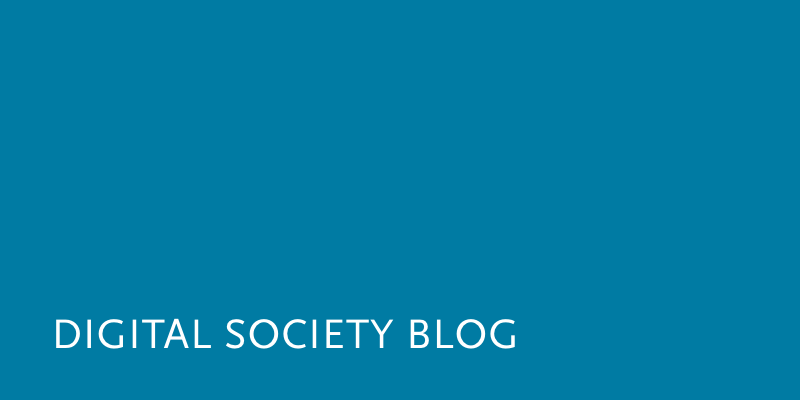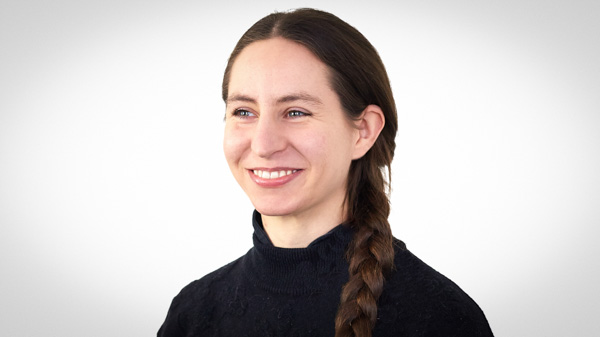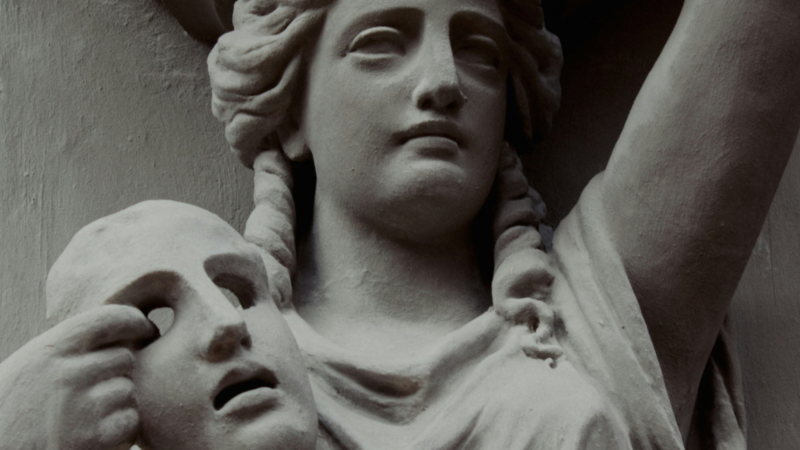Unsere vernetzte Welt verstehen

Open Science als Soziales Dilemma
Die Idee von Open Science, Wissenschaft so transparent wie möglich zu gestalten, wird von vielen WissenschaftlerInnen befürwortet, jedoch kaum in der wissenschaftlichen Praxis wiedergespiegelt. Dieses Phänomen nehme ich hier unter die Lupe.
The essence of open science is to make the whole research process transparent and accessible. The idea of open science can be traced back to the days of the emergence of the scientific journal system when scientists started to publish their insights in the form of scientific papers instead of anagrams. In its current form, open science has gained a new dimension thanks to the internet which provides scientists with the technological means to share their insights on a potentially global scale.
Open science is fostered on a top-down level by various initiatives of the European Commission and on a bottom-up level by passionate individuals. Nevertheless, on a large scale, the concept of open science is rarely reflected in scholarly reality. In order to find out what hinders scientists to put open science into practice I have conducted a series interviews with researchers from various backgrounds.
The obstacles mentioned in the open science interviews are both of individual and systemic nature. On an individual level, researchers are confronted with the fear of free–riding, the need to invest extra time and effort, troubles with digital tools for research purposes, the lack of impetus to publish negative results, difficulties of guaranteeing data privacy and the reluctance to share code. On a systemic level, researchers face cultural and institutional constraints, ineffective policy guidelines, evaluation criteria that impede openness, a lack of legal clarity as well as a lack of standards for sharing research materials and last but not least they need to consider the financial aspects of openness.
In light of these obstacles, open science can be looked at through the prism of a social dilemma: what is in the collective best interest is not necessarily in the best interest of the individual scientist. The interesting question here is how the dilemma of putting open science into practice can be overcome. Motivational and strategic solutions highlight the indirect benefits of open science such as higher visibility of research activity as a factor contributing to driving a scientist’s career forward. A structural solution involves integrating open science efforts into the scientific evaluation system.
And while the structural changes take their time, each individual scientist can contribute to the open science movement by sharing whatever part of their research is sharable. What is important to remember at this point, however, is that putting open science into practice takes on different forms and the best way to share intelligently and consciously needs to be figured out each time anew.
More on open science:
Scheliga, K., Friesike S., (First Monday, Volume 19, Number 19). Putting open science into practice: a social dilemma?
DOI: dx.doi.org/10.5210/fm.v19i9.5381
Dieser Beitrag spiegelt die Meinung der Autorinnen und Autoren und weder notwendigerweise noch ausschließlich die Meinung des Institutes wider. Für mehr Informationen zu den Inhalten dieser Beiträge und den assoziierten Forschungsprojekten kontaktieren Sie bitte info@hiig.de

Jetzt anmelden und die neuesten Blogartikel einmal im Monat per Newsletter erhalten.
Offene Hochschulbildung
Netzecho: Reaktionen auf die Tagesschau in Einfacher Sprache
Seit 2024 gibt es die Tagesschau in Einfacher Sprache. Wie wird das neue Nachrichtenformat von Nutzer*innen im Internet diskutiert?
Chancen gegen Einsamkeit: Wie Pflegeeinrichtungen das Quartier vernetzen
Was hilft gegen Einsamkeit im Alter? Pflegeeinrichtungen schaffen neue Räume für Gemeinschaft und digitale Teilhabe.
Unfreiwillig nackt: Wie Deepfake Porn sexualisierte Gewalt gegen Frauen verschärft
Deepfake Porn nutzt KI, um täuschend echte Nacktbilder ohne Einwilligung zu erzeugen, meist von Frauen. Wie können wir Betroffene besser schützen?




